Beclomethasone dipropionate
- CAS NO.:5534-09-8
- Empirical Formula: C28H37ClO7
- Molecular Weight: 521.04
- MDL number: MFCD00135613
- EINECS: 226-886-0
- SAFETY DATA SHEET (SDS)
- Update Date: 2025-04-17 16:55:12

What is Beclomethasone dipropionate?
Absorption
Following oral inhalation of 320 mcg of beclomethasone dipropionate (BDP), the Cmax was 88 pg/mL and it was reached after 0.5 at post-administration. The mean Cmax of the major and most active metabolite, beclomethasone-17-monopropionate (17-BMP), was 1419 pg/mL at 0.7 hour post-dosing.
In another pharmacokinetic study, the AUC of BDP and 17-BMP were 6660 and 6185 pgxh/mL, respectively. The Cmax was 35356 pg/mL for BDP and 2633 pg/mL for 17-BMP, and and the median time to reach these concentrations (Tmax) was 0.2 hours. In the same study, the AUC of 17-BMP following oral and intranasal administration were 10158 and 3660 pgxh/mL, respectively. The Cmax of 17-BMP following oral and intranasal administration were 703 and 310 pg/mL, respectively, and the Tmax was 4 hours. The total bioavailability of 17-BMP following oral and intranasal administration were 41% and 44%, respectively.
Toxicity
The oral LD50 in rats is >3750 mg/kg.
The acute toxicity of beclometasone dipropionate is low. The only harmful effect that follows inhalation of large amounts of the drug over a short period of time is suppression of hypothalamic-pituitary-adrenal (HPA) function. Chronic: The excessive use of beclometasone dipropionate over a long period could lead to adrenal suppression.
Indications
Indicated for oral inhalation use in the maintenance treatment of asthma as prophylactic therapy in patients 5 years of age and older. The aerosol form of beclomethasone diproprionate is not indicated for the relief of acute bronchospasm.
Indicated for intranasal use to relieve the symptoms of seasonal or perennial allergic and nonallergic (vasomotor) rhinitis and prevent the recurrence of nasal polyps following surgical removal.
Indicated for the relief of the inflammatory and pruritic manifestations of corticosteroid-responsive dermatoses in patients 13 years of age and older. Corticosteroid-responsive dermatoses include psoriasis, contact dermatitis (dermatitis venenata), atopic dermatitis (infantile eczema, allergic dermatitis), neurodermatitis (lichen simplex chronicus, lichen planus, eczema, eczematous dermatitis), intertrigo, dyshidroses (pompholyx), seborrheic dermatitis, exfoliative dermatitis, solar dermatitis, stasis dermatitis, and anogenital and senile pruritus.
Background
Beclomethasone dipropionate is a second-generation synthetic corticosteroid and diester of beclomethasone, which is structurally similar to dexamethasone. It is a prodrug of an active metabolite beclomethasone 17-monopropionate (17-BMP) which acts on the glucocorticoid receptor to mediates its therapeutic action. Beclomethasone dipropionate itself posesses weak glucocorticoid receptor binding affinity and is rapidly converted into 17-BMP upon administration. Formulations for oral inhalation, intranasal, and topical use are available for beclomethasone dipropionate. Beclomethasone dipropionate became first available in a pressurized metered-dose inhaler in 1972 and later in a dry powder inhaler and an aqueous nasal spray. Due to its anti-inflammatory, antipruritic, and anti-allergy properties, beclomethasone dipropionate is used in various inflammatory conditions, such as asthma, allergic rhinitis, and dermatoses to reduce symptoms. When inhaled, it is proposed that beclomethasone dipropionate remains active locally in the lung without causing significant side effects associated with systemic corticosteroids. Compared to earlier corticosteroids such as dexamethasone and prednisolone, beclomethasone dipropionate is reported to be less irritating to the nasal mucosa with a longer duration of action when administered intranasally.
Pharmacokinetics
Beclomethasone dipropionate works by attenuating the inflammatory responses associated with asthma, allergic rhinitis, nasal polyps, and corticosteroid-responsive dermatoses. It suppresses the actions of inflammatory cells, such as mast cells, eosinophils, basophils, lymphocytes, macrophages, and neutrophils. It also inhibits the release of inflammatory mediators, such as histamine, eicosanoids, leukotrienes, and cytokines. Beclomethasone dipropionate is reported to exhibit potent topical activity while possessing low systemic effects.
The Uses of Beclomethasone dipropionate
Beclomethasone dipropionate is used to prevent and control symptoms (wheezing and shortness of breath) caused by asthma. This medication belongs to a class of drugs known as corticosteroids. It works by reducing the swelling of the airways in the lungs to make breathing easier.
This medication must be used regularly to prevent breathing problems (attacks of wheezing/shortness of breath). It does not work right away and should not be used to relieve an asthma attack. If an attack occurs, use your quick-relief inhaler as prescribed.
Metabolism
During absorption, beclomethasone dipropionate is undergoes rapid and extensive hydrolysis mediated by esterases CYP3A to form beclomethasone-17-monopropionate (17-BMP), beclomethasone-21-monopropionate (21-BMP), and beclomethasone (BOH). 17-BMP is the major active metabolite with the most potent anti-inflammatory activity. About 95% of the total beclomethasone dipropionate administered via oral inhalation undergoes presystemic conversion to form 17-BMP in the lung.
Mode of action
Beclomethasone dipropionate works by attenuating the inflammatory responses associated with asthma, allergic rhinitis, nasal polyps, and corticosteroid-responsive dermatoses. It suppresses the actions of inflammatory cells, such as mast cells, eosinophils, basophils, lymphocytes, macrophages, and neutrophils.
Properties of Beclomethasone dipropionate
| Melting point: | 117-120 C |
| Boiling point: | 613.3°C (rough estimate) |
| alpha | D +98.0° (c = 1.0 in dioxane) |
| Density | 1.0766 (rough estimate) |
| refractive index | 1.4429 (estimate) |
| storage temp. | Sealed in dry,2-8°C |
| solubility | Chloroform (Slightly), Dioxane (Slightly, Sonicated), Methanol (Slightly, Heated |
| form | Solid |
| pka | 13.02±0.70(Predicted) |
| color | White |
| λmax | 238nm(EtOH)(lit.) |
| Merck | 14,1019 |
| CAS DataBase Reference | 5534-09-8(CAS DataBase Reference) |
Safety information for Beclomethasone dipropionate
| Signal word | Warning |
| Pictogram(s) |
 Health Hazard GHS08 |
| GHS Hazard Statements |
H302:Acute toxicity,oral H315:Skin corrosion/irritation H319:Serious eye damage/eye irritation H335:Specific target organ toxicity, single exposure;Respiratory tract irritation H350:Carcinogenicity H360:Reproductive toxicity |
| Precautionary Statement Codes |
P261:Avoid breathing dust/fume/gas/mist/vapours/spray. P305+P351+P338:IF IN EYES: Rinse cautiously with water for several minutes. Remove contact lenses, if present and easy to do. Continuerinsing. |
Computed Descriptors for Beclomethasone dipropionate
| InChIKey | KUVIULQEHSCUHY-NHOFSDNKNA-N |
| SMILES | [C@@]1(OC(=O)CC)(C(=O)COC(=O)CC)[C@@H](C)C[C@@]2([H])[C@]3([H])CCC4=CC(=O)C=C[C@]4(C)[C@@]3(Cl)[C@@H](O)C[C@]12C |&1:0,14,17,19,29,31,33,36,r| |
Beclomethasone dipropionate manufacturer
Allmpus Laboratories Pvt Ltd
Add Biotec
New Products
3-Oxocyclobutane-1-carboxylicacid 4-(Ethylaminomethyl)pyridine Ethyl 3-pyridylacetate 5-Chloro-1-(4-piperidyl)-2-benzimidazolinone Pyridin-4-ylmethanol hydrobromide Trans-methyl 4-aminocyclohexane- carboxylate HCl 1-Indanone 4-Chloro Phenyl hydrazine hydrochloride Nintedanib Ethanesulfonate (S)-2-(3,5-diMethylphenyl)pyrrolidine Ethyl 2-(4-(chlorosulfonyl)-2-methylphenoxy)acetate (2R,3S,4S,5R)-3-(3,4-difluoro-2-methoxyphenyl)-4,5-dimethyl-5-(trifluoromethyl)tetrahydrofuran-2-carboxylic acid (R)-1-phenylethan-1-amine salt 1-Bromo-2-Methoxy-3-Nitrobenzene N N N'Trimethyl ethylenediamine N Ethylmethylamine Ethyl Methanesulfonate Variamine Blue B Diazonium salt Lead II Bromide N N' DimethylEthylenediamine L-Glycine methyl ester.HCl Calcium Alphaketoglutarate* Fmoc-L-Glu(OtBu)-OH.H2O H-Ser(t-Bu)-Ser(t-Bu)-Gly-OH Fmoc-Ser(tBu)-Ser(Ψ(Me,Me)pro-OHRelated products of tetrahydrofuran


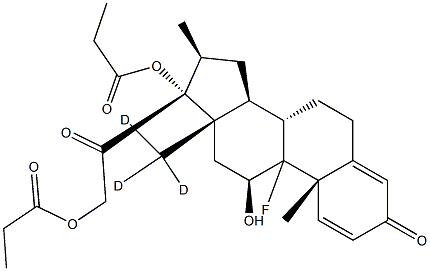
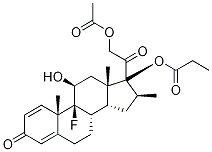
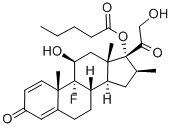
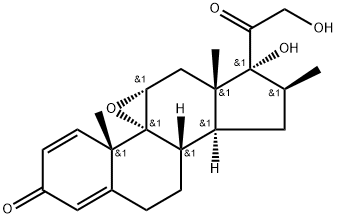
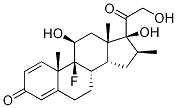

You may like
-
 5534-09- 0 Beclomethasone Dipropionate 97%View Details
5534-09- 0 Beclomethasone Dipropionate 97%View Details
5534-09- 0 -
 Betamethasone Dipropionate EP Impurity E 5534-09-8 98%View Details
Betamethasone Dipropionate EP Impurity E 5534-09-8 98%View Details
5534-09-8 -
 Beclometasone dipropionate 99%View Details
Beclometasone dipropionate 99%View Details
5534-09-8 -
 5534-09-8 98%View Details
5534-09-8 98%View Details
5534-09-8 -
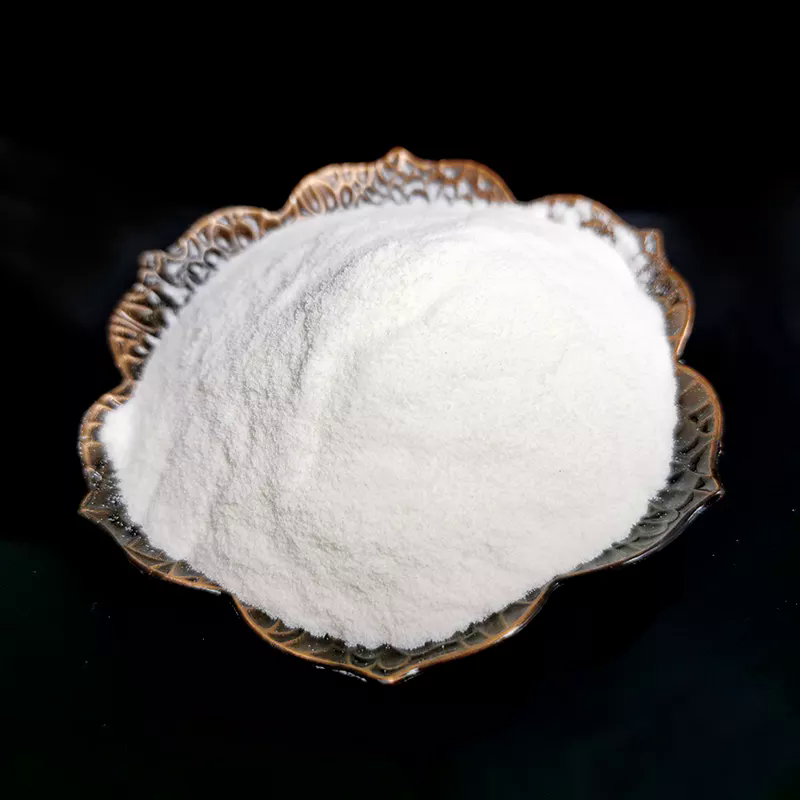 Beclometasone dipropionate 5534-09-8 98%View Details
Beclometasone dipropionate 5534-09-8 98%View Details
5534-09-8 -
 Beclometasone dipropionate 99%View Details
Beclometasone dipropionate 99%View Details -
 Beclometasone Dipropionate CAS 5534-09-8View Details
Beclometasone Dipropionate CAS 5534-09-8View Details
5534-09-8 -
 Beclomethasone dipropionate CAS 5534-09-8View Details
Beclomethasone dipropionate CAS 5534-09-8View Details
5534-09-8
